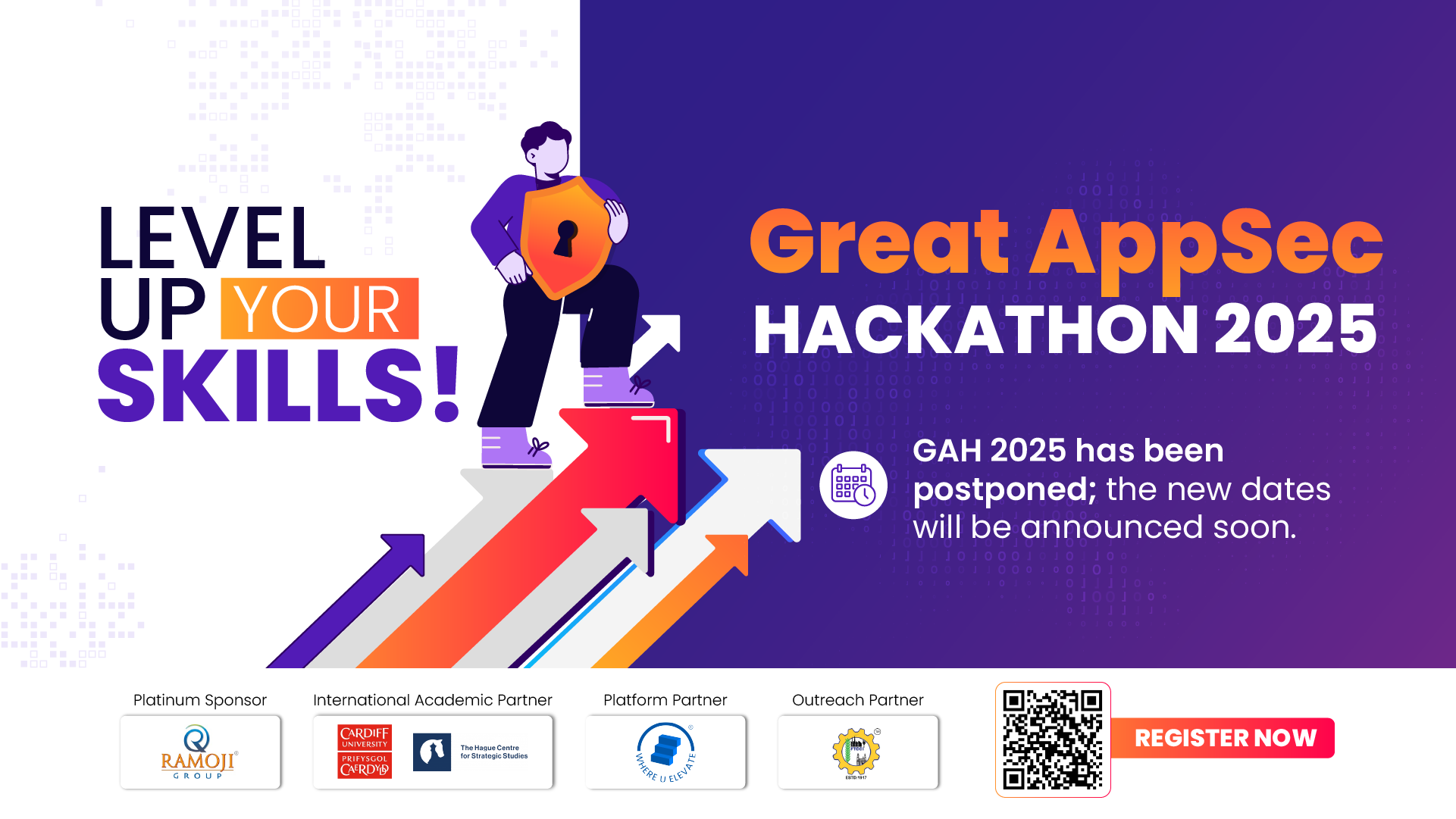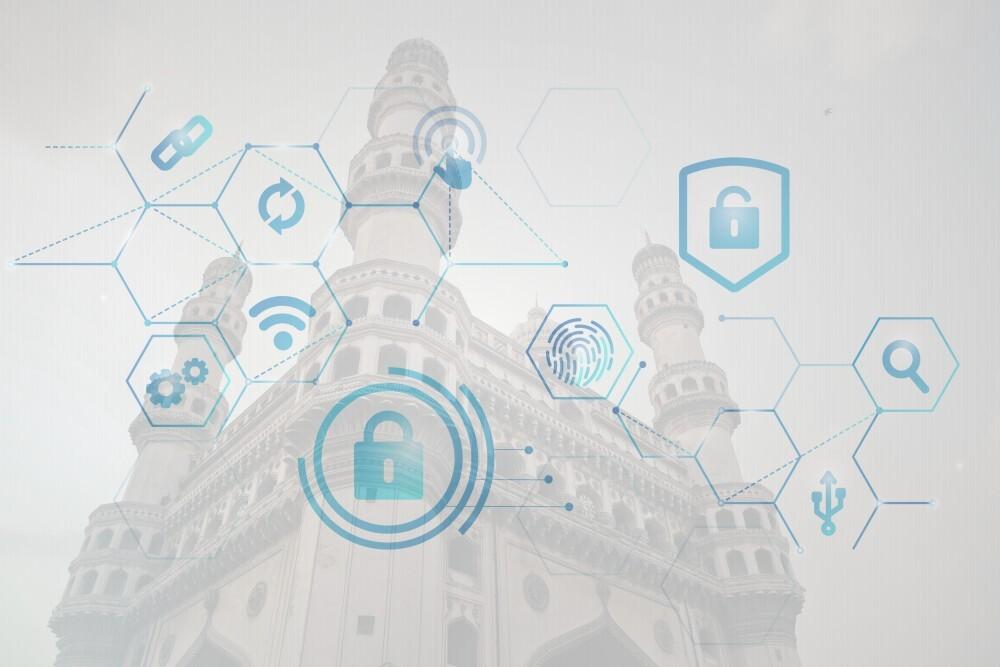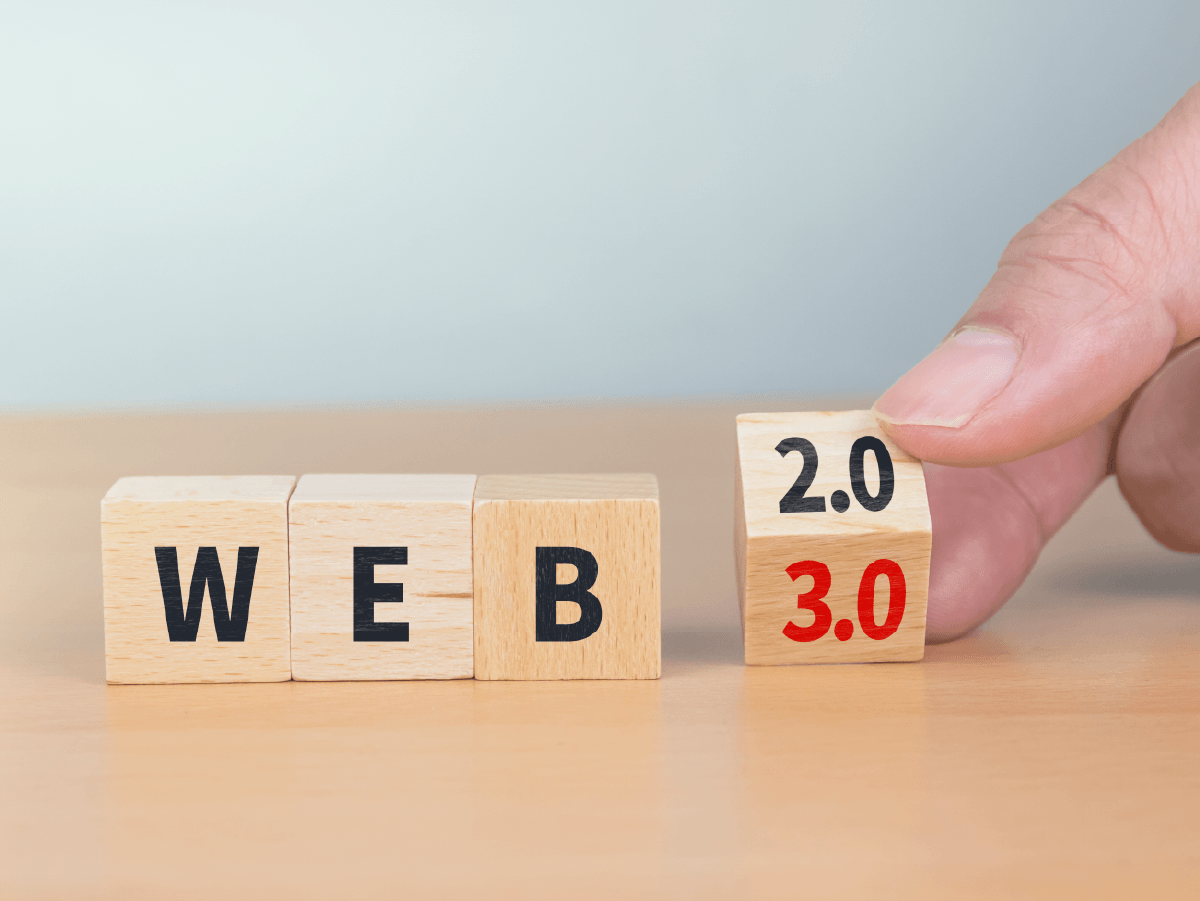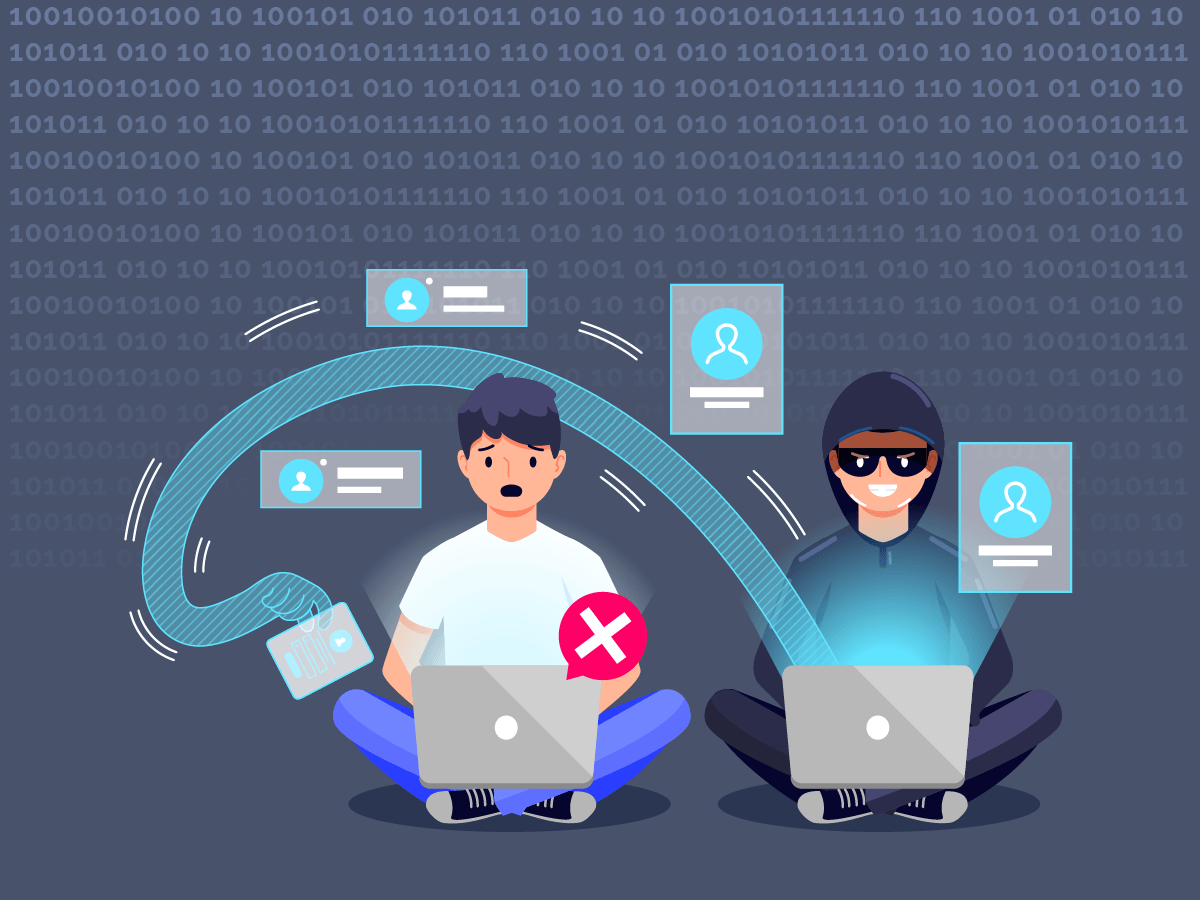
In our increasingly interconnected digital age, the ability to operate and work remotely isn’t just a luxury, it is essential. Remote Access Software (RAS) stands at the forefront of this transformation, offering unparalleled convenience and flexibility.
It offers convenience, but we should keep in mind that there is also a risk in remote access software. In this blog, we discuss the threats of remote access software and also different ways of securing remote access software.
Understanding Remote Access Software (RAS)
Remote Access Software (RAS) is a type of software that allows an user to operate a computer from a separate location granting them remote access. This technology facilitates seamless access to devices or systems via the internet, eliminating the need for physical proximity.
Although there is a risk in remote access software, it can be prevented by securing remote access software. It has various uses in this digital world. some of the examples are :-
IT Support :
Instead of physically attending to a system, IT professionals can remotely diagnose and resolve issues.
For organisations where every minute counts, RAS is nothing short of a game-changer.
Employees Working Remotely :
Employees can effortlessly tap into their office systems from personal devices, ensuring continuity of work.
This also enables them to collaborate and assist colleagues, irrespective of their location.
International Projects :

International projects of big magnitude require the input and skill of almost everyone involved. RAS ensures that all stakeholders can contribute in real-time, reducing the likelihood of errors or miscommunication.
Looking at the nature and importance of these applications, it becomes important to acknowledge the risk in remote access software and urges to focus towards securing remote access software.
Cybersecurity Risks Associated with Remote Access Software
Remote Access Software provides us with many advantages, but we should be aware that while implementing it there might be a risk in remote access software. Hence, securing remote access software is of utmost importance. Neglecting this pivotal task may lead to the unfortunate occurrence of the following adverse consequences:
Unauthorised Access and Data Breaches :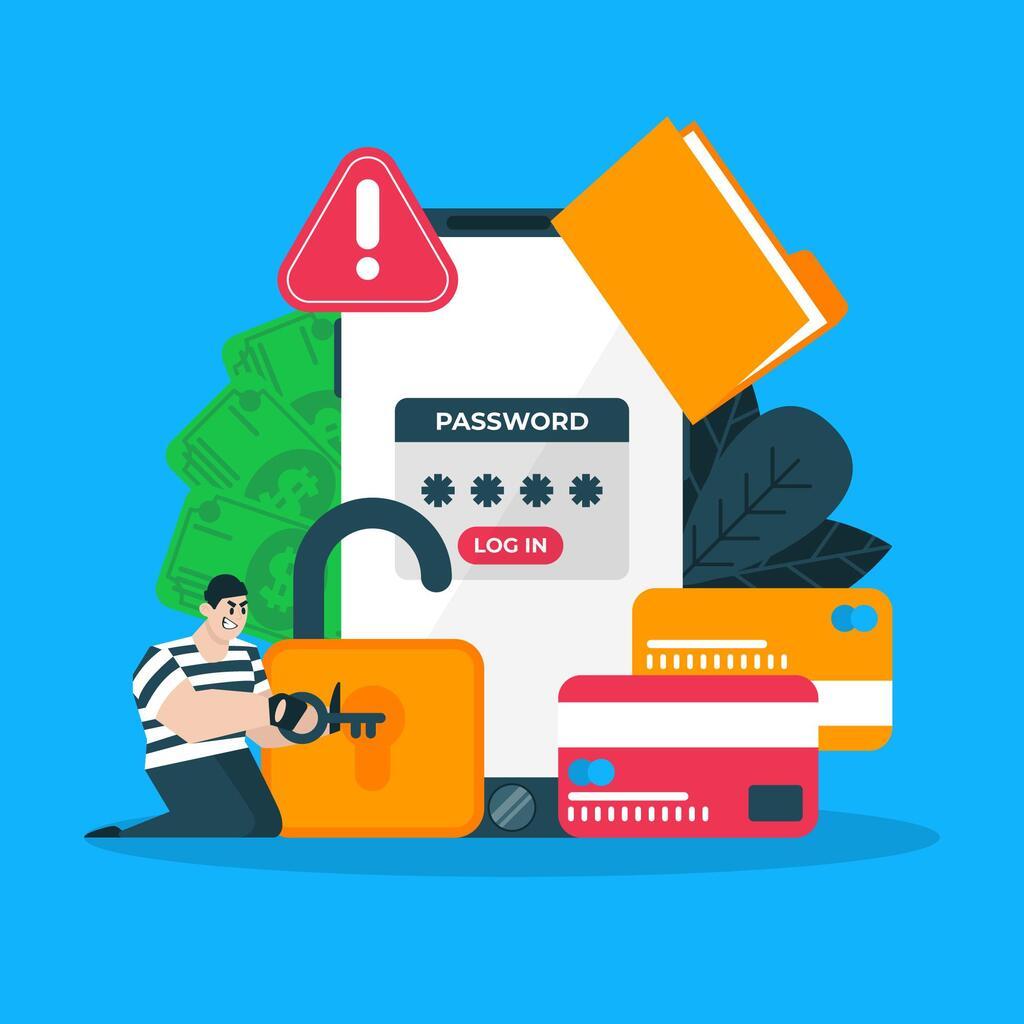
RAS can be a gateway for unauthorised individuals to infiltrate systems, potentially leading to significant data breaches. Such breaches, especially in large organisations, can have far-reaching and devastating effects.

Weak Authentication and Password Vulnerabilities :
Many RAS solutions rely on passwords for authentication. Without multi-factorauthentication (MFA) or if weak passwords are employed, systems become susceptible to unauthorised access, posing grave threats.
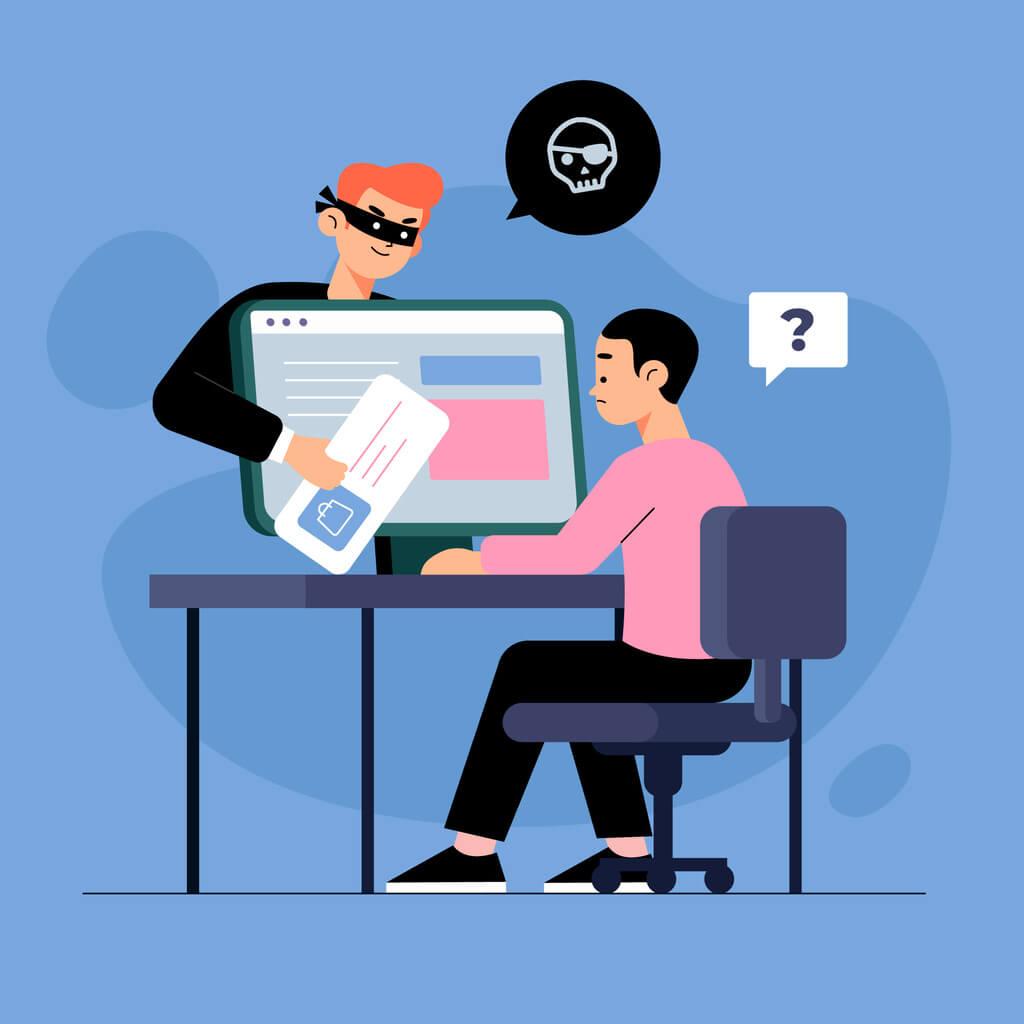
Insider Threats and Employee Negligence :
Those within an organisation, be it employees or partners, might misuse their remote access privileges. Simple errors or negligence when using RAS can also result in substantial organisational losses.
Man-in-the-Middle Attacks :
While two users are working on coming up with a solution, a third user might intercept and eavesdrop the whole communication. This malicious actor can manipulate data or mislead participants, compromising the integrity of the interaction.
 Vulnerabilities in RAS Platforms and Applications :
Vulnerabilities in RAS Platforms and Applications :
There are quite a few vulnerabilities in implementing RAS as there is a lack of strong policies regarding remote cybersecurity, there are malicious actors that can steal data and some RAS platforms are not regularly updated. These are the various complexities that highlight the risks of utilising remote access software and should be prevented by securing remote access software.
Best Practices for Securing Remote Access Software
Along with all the benefits that remote access software comes with, there is also a certain level of risk in remote access software. Here are some of the things companies and organisations can do for securing remote access software :-
 Adopt Multi-Factor Authentication (MFA): By requiring multiple forms of verification, MFA significantly diminishes the chances of unauthorised access.
Adopt Multi-Factor Authentication (MFA): By requiring multiple forms of verification, MFA significantly diminishes the chances of unauthorised access.
 Regular Update and Backup: Regularly updating and patching RAS applications is crucial. This ensures that systems are equipped to counter emerging threats and remain resilient against cyber attackers.
Regular Update and Backup: Regularly updating and patching RAS applications is crucial. This ensures that systems are equipped to counter emerging threats and remain resilient against cyber attackers.
 Role-Based Access: Not all employees need unrestricted access. Granting access based on job roles minimises risks. This practice can prevent errors or malicious intent from an insider that can potentially lead to both financial and reputational damage.
Role-Based Access: Not all employees need unrestricted access. Granting access based on job roles minimises risks. This practice can prevent errors or malicious intent from an insider that can potentially lead to both financial and reputational damage.
 Data Encryption: Encrypting data, both in transit and at rest, ensures that even if there’s a breach, the intercepted data remains unintelligible to unauthorised individuals.
Data Encryption: Encrypting data, both in transit and at rest, ensures that even if there’s a breach, the intercepted data remains unintelligible to unauthorised individuals.
 Continuous Monitoring: Keeping a vigilant eye on RAS activities and maintaining logs can help in early detection of anomalies. This proactive approach aids in neutralising threats before they escalate.
Continuous Monitoring: Keeping a vigilant eye on RAS activities and maintaining logs can help in early detection of anomalies. This proactive approach aids in neutralising threats before they escalate.
Conclusion:
Remote Access Software has many uses in this digital age and it is helping in create a more convenient and hassle-free world for working professionals. The remote access opens up many doors and ensures continuous function of the operations. But the remote access itself poses a threat as it becomes convenient to the cyber attackers to attempt cybercrimes like data breach, ransomware, malware, etc. from anywhere in the world, this emphasises the point of securing remote access software.
There is a certain degree of risk in remote access software and both individual users and organisations must recognise and respect these vulnerabilities. Adopting digital practices benefits us, but it also makes us vulnerable to threats. While using RAS, we should be aware of the threats involved with RAS and adopt best practices for securing remote access software. It is crucial for us to stay vigilant and alert against RAS-related threats and combat the challenges involved with it to stay safe and secure.
The Cybersecurity Centre of Excellence (CCoE) is a dynamic tech ecosystem of startups, companies, and innovators based in Hyderabad, India. Our primary mission is to develop effective cybersecurity solutions, foster a safe cyberspace and make India the global cybersecurity hub. CCoE is a joint effort between the Government of Telangana and DSCI, created to boost India’s IT ecosystem. We achieve our goals by incubating startups, organizing workshops, providing training programs, participating in local and international initiatives, and much more.
